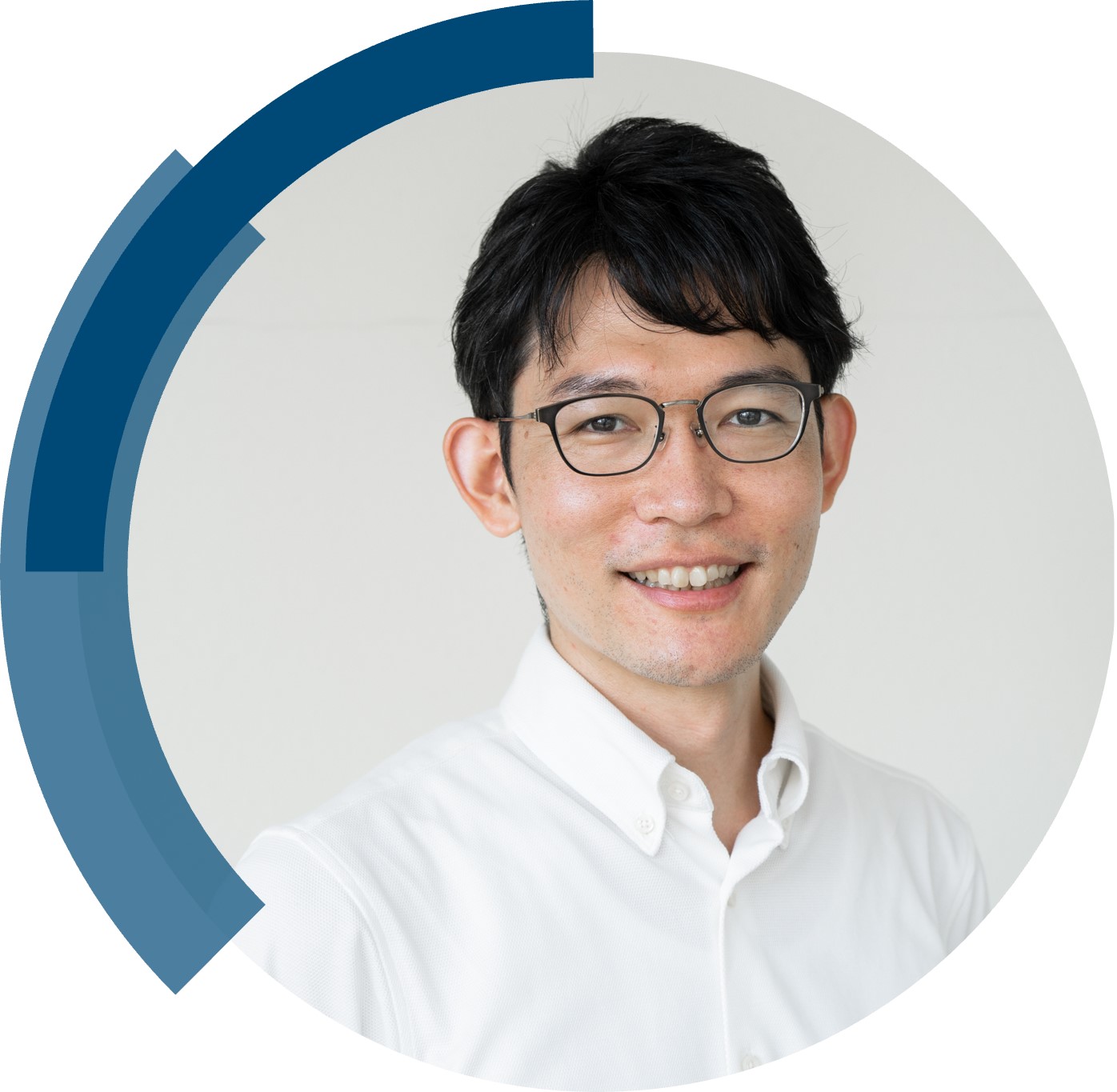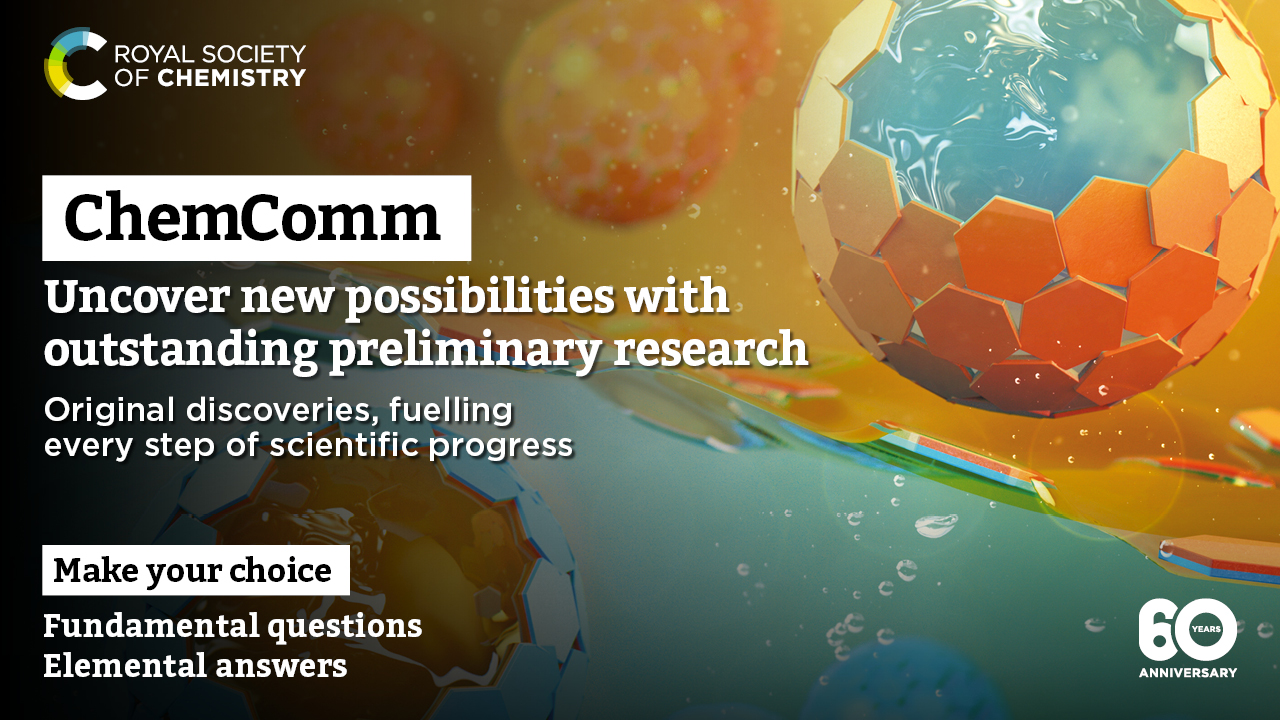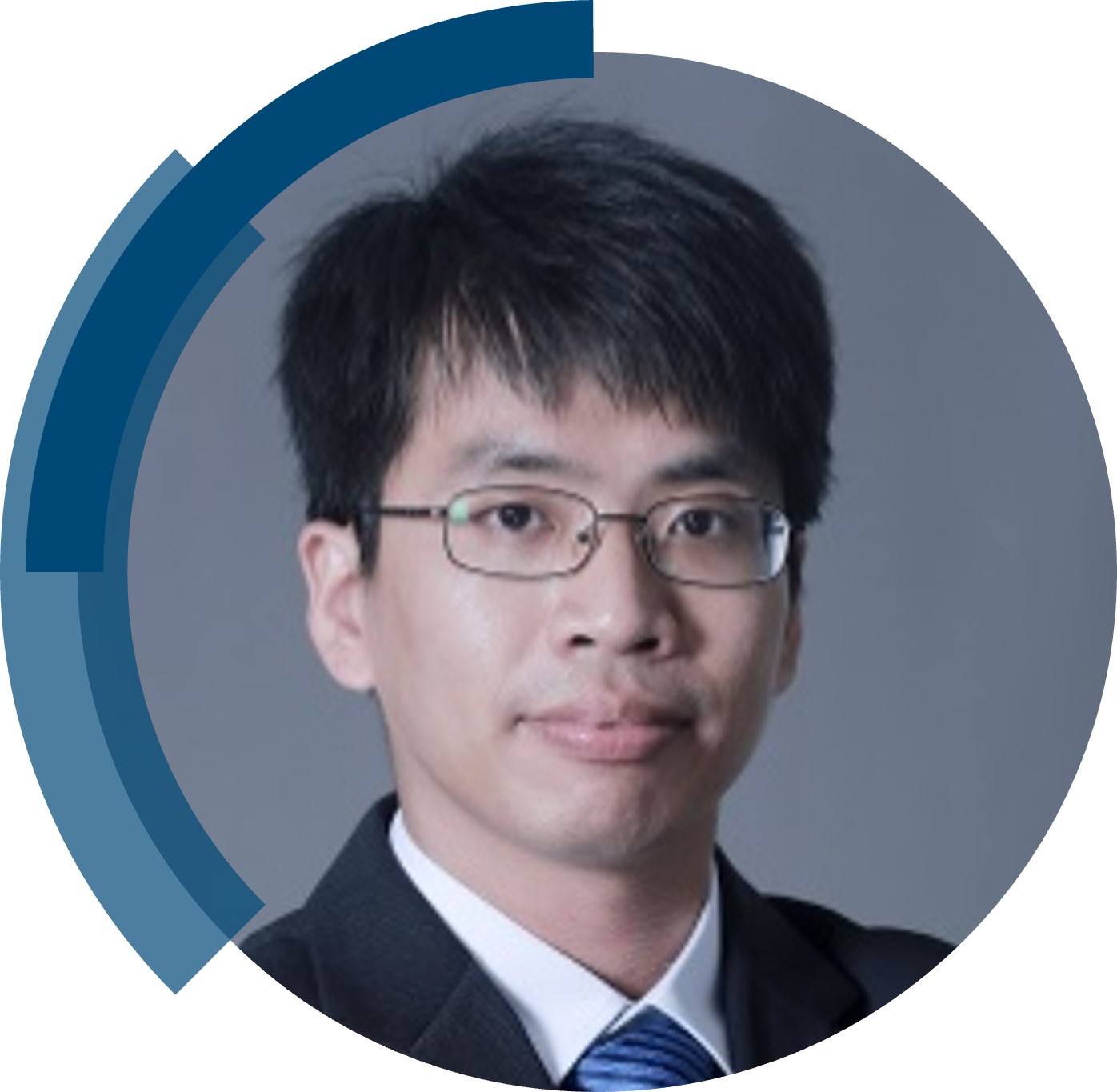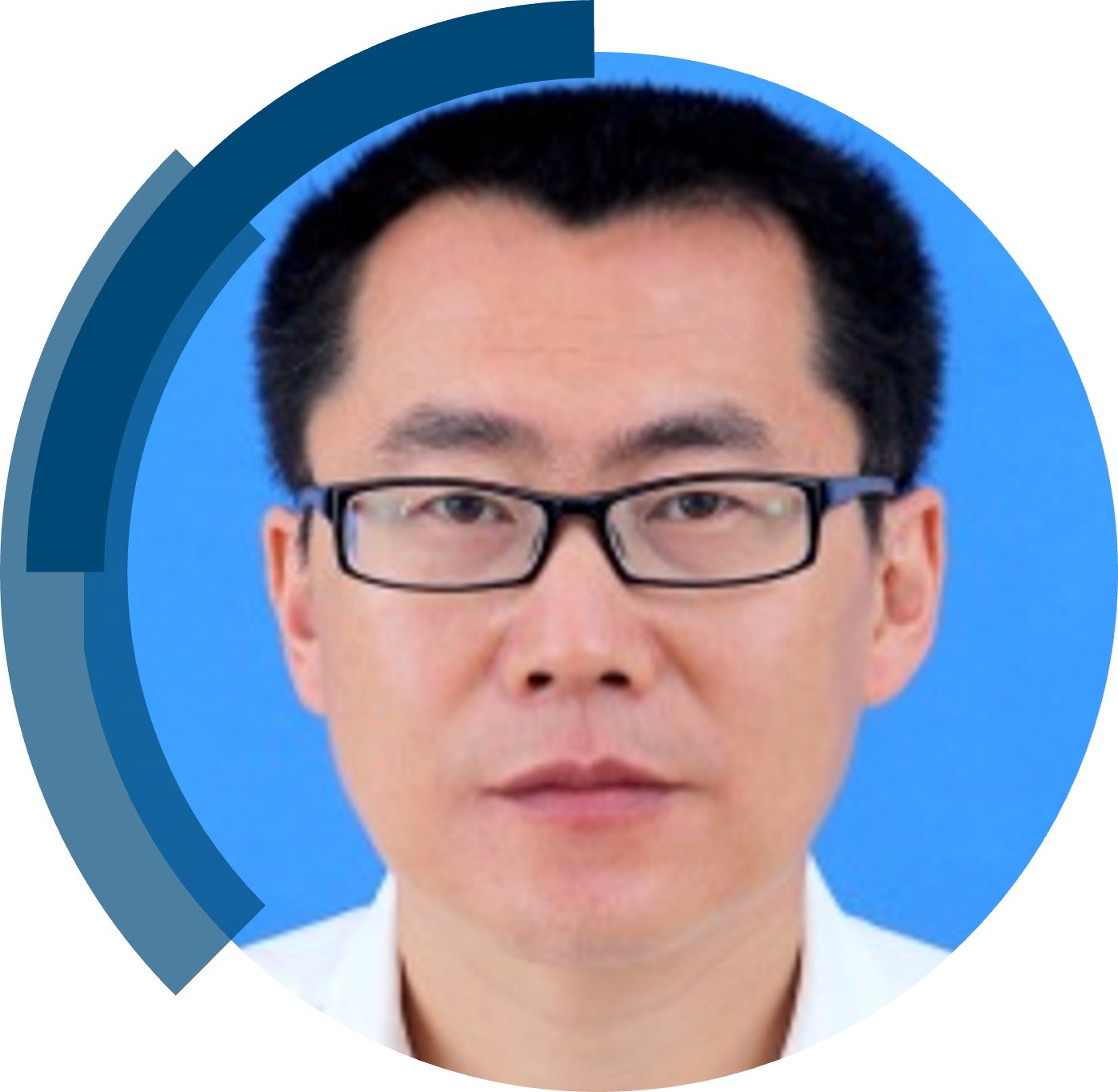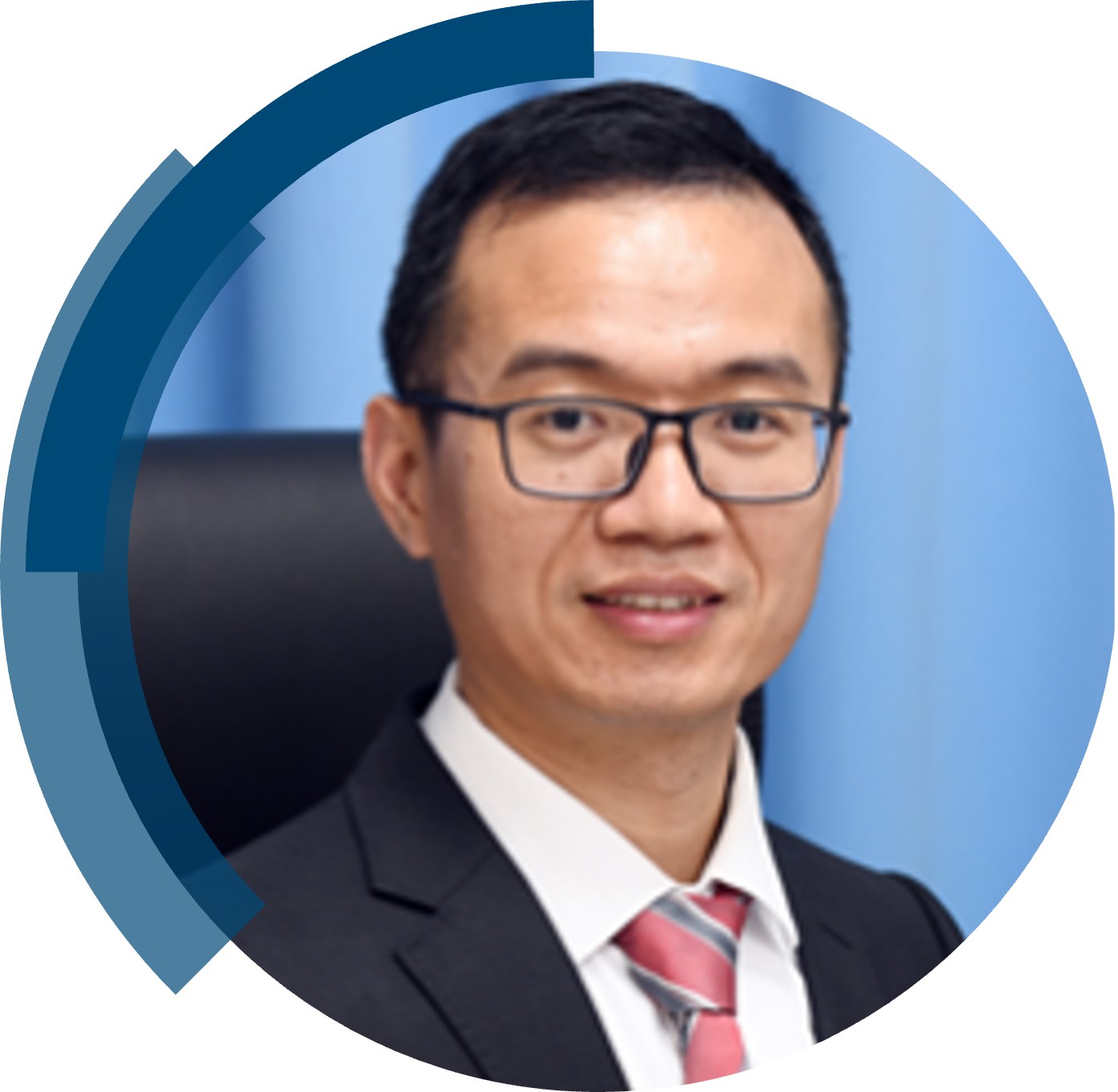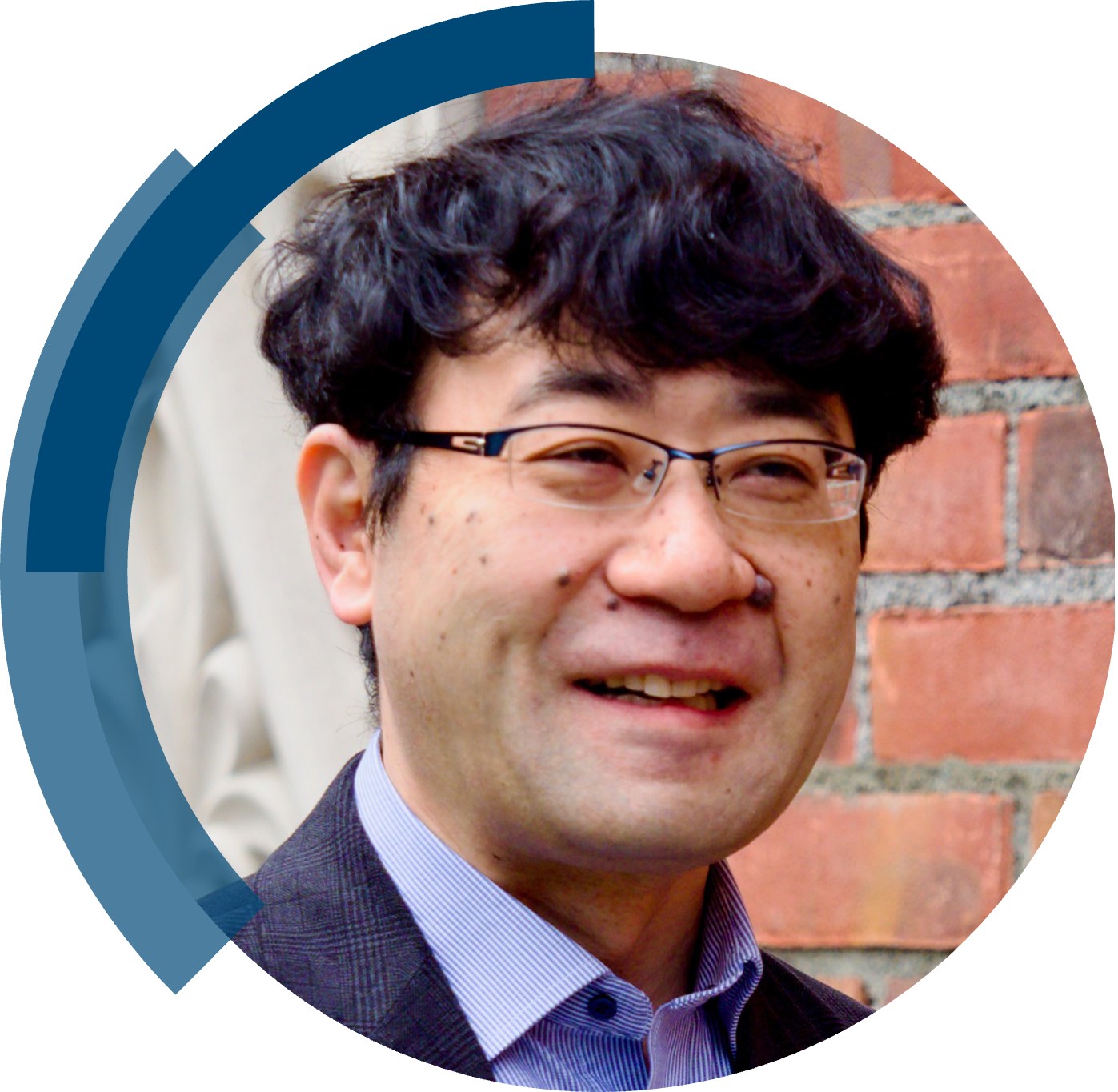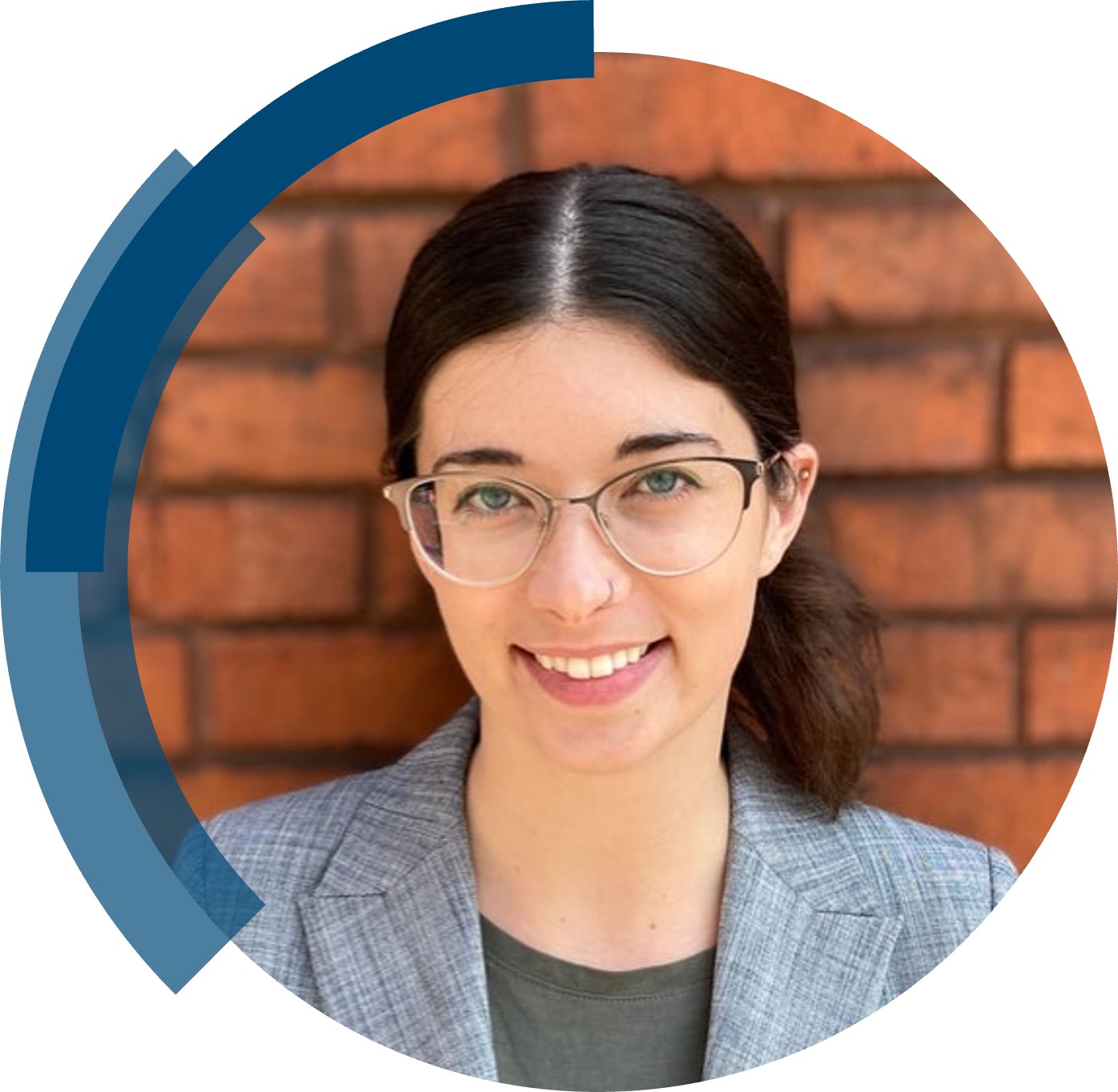ChemComm is publishing its 60th volume in 2024. Over the past 60 years, ChemComm has been the RSC’s most cited journal, and one of the most trusted venues for rapid publication of short communications. In our anniversary year, we recognise the important contributions ChemComm has made, and continues to make, in advancing the chemical sciences.
As part of our anniversary celebrations, we’ve brought together a collection featuring the latest research from some of our most loyal and dedicated authors. From those marking the beginning of their independent academic career by publishing their first article with us, to the rising stars and established leaders publishing in our yearly ‘Emerging Investigators’ and ‘Pioneering Investigators’ collections, this collection champions the contributions of our worldwide author community. We are proud many authors choose to support our journal by regularly publishing their best work with us. This collection also features papers from our ChemComm Emerging Investigator Lectureship winners, and our Outstanding Reviewer awardees, whose invaluable feedback has shaped our published content through the years.
To accompany the collection, we’ll be publishing interviews with contributing authors where they provide further insight into their research and reflect on their journey with ChemComm.
Check out our interview with Professor Shuli You (Shanghai Institute of Organic Chemistry) below!
How have you seen ChemComm evolve over the years, and what aspects do you find most noteworthy?
Over the years, ChemComm has expanded to a very broad scope covering all topics in chemistry.
What is your favourite thing about ChemComm?
I am very impressed with the rapid publication process, which allows scientists to share their exciting findings promptly with the scientific community.
In what ways do you think ChemComm stands out among other journals in your field?
ChemComm is a prestigious primary chemistry journal with world-class and professional editorial teams.
How would you describe the peer review process and interaction with the editorial team at ChemComm?
The peer review process and interaction with the editorial team at ChemComm are smooth and pleasant.
Are there ways in which the journal can further support and engage with future generations of scientists?
Continuing to support younger researchers by creating special issues featuring early-career researchers and providing them a platform to showcase their work.
Could you provide a brief summary of your recent ChemComm publication?
The C-H alkynylation of 1-aryl isoquinolines with hypervalent iodine-alkyne reagents was realized in the presence of chiral cyclopentadienyl-Rh(III) complex, providing axially chiral alkynylated 1-aryl isoquinolines in excellent yields and enantioselectivity.
In your opinion, what are the next steps or potential areas of research that could build upon the findings in this paper?
The ongoing research down the road includes the construction of structurally diverse chiral molecules by enantioselective C–H functionalization reactions and their potential applications in organic synthesis.
Be sure to read the article, “Rh(iii)-catalyzed atroposelective C–H alkynylation of 1-aryl isoquinolines with hypervalent iodine–alkyne reagents” to learn more!













